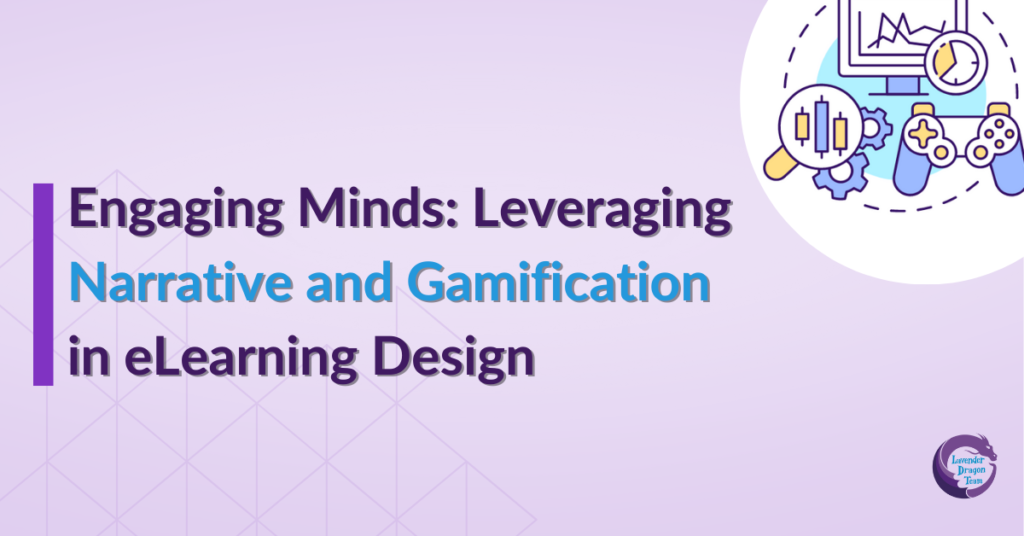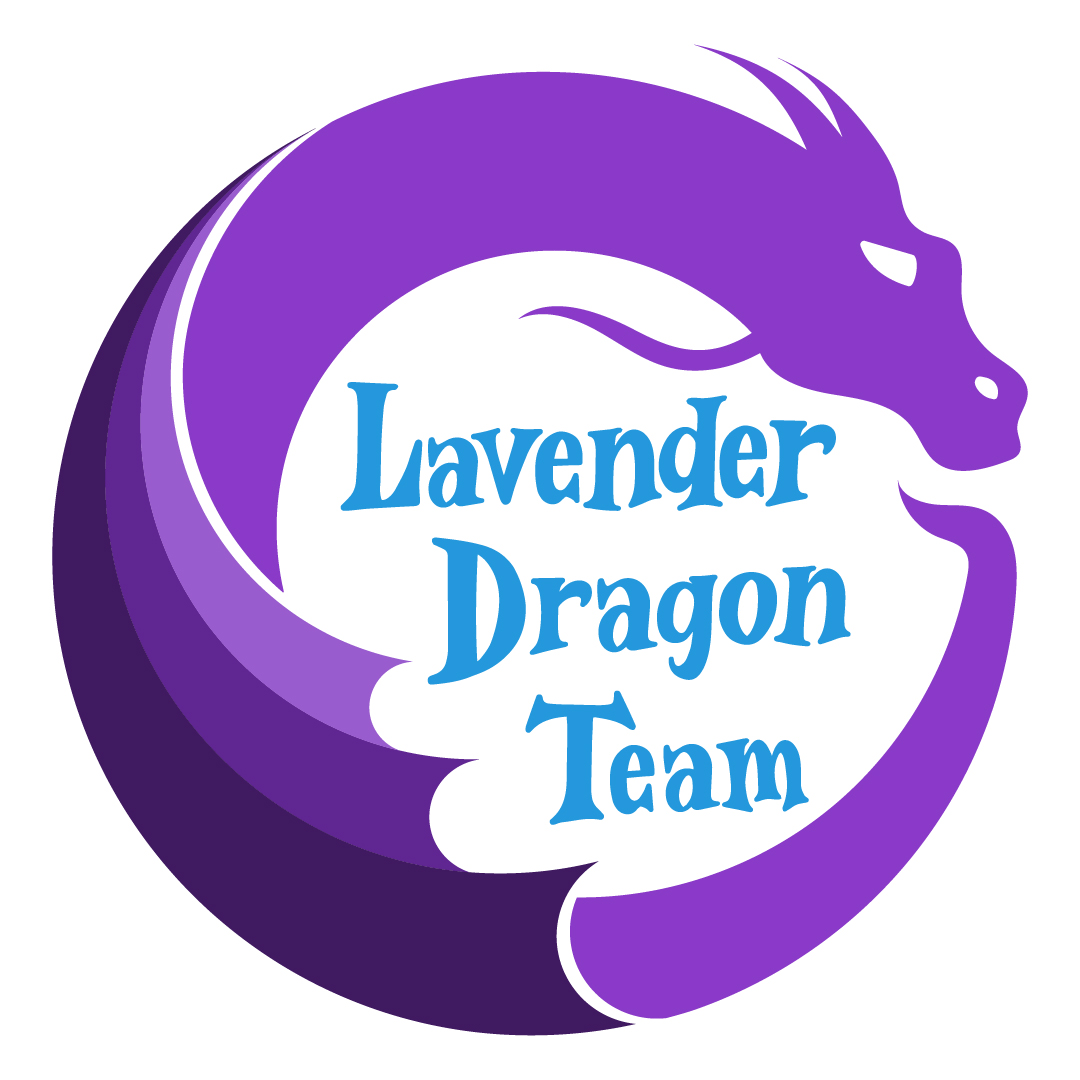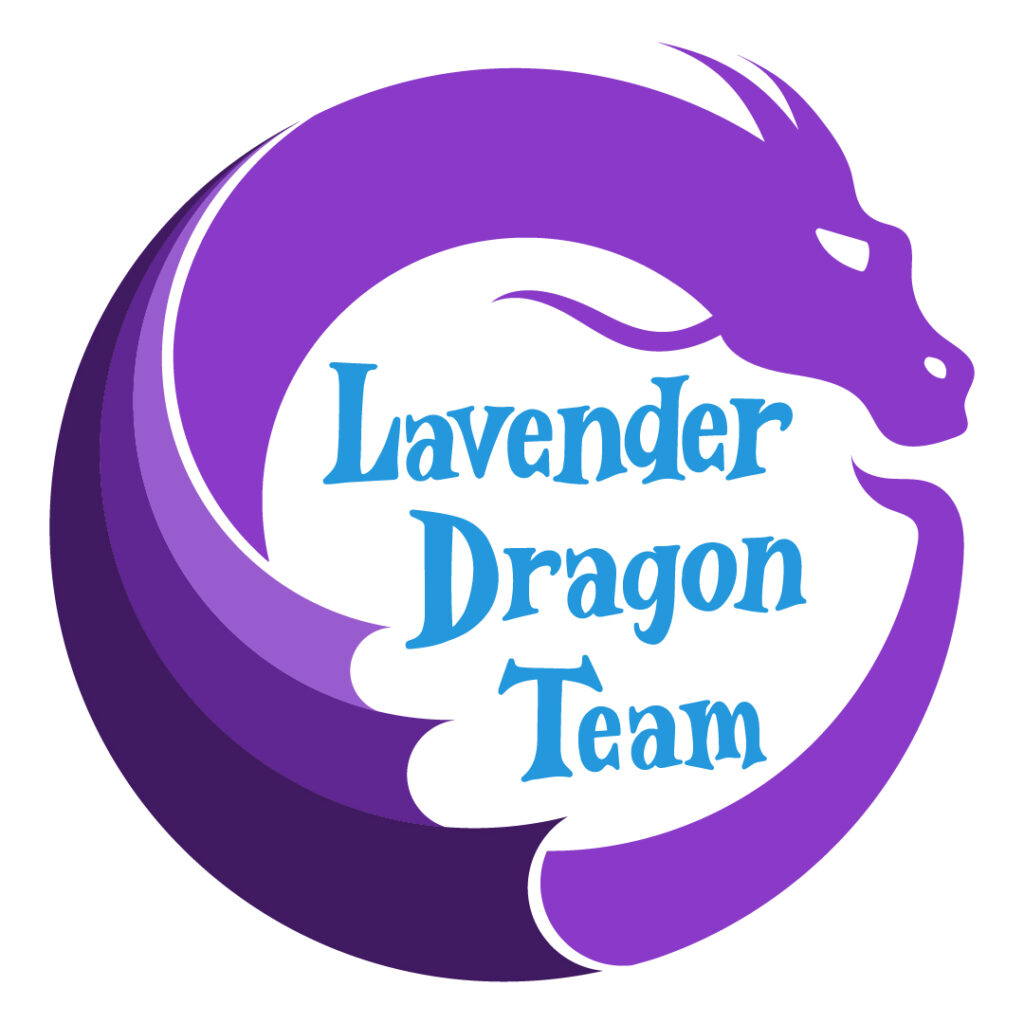The inclusion of narratives and gamification within eLearning courses is not merely a trend, but a strategic approach to enhance engagement, comprehension, and retention. Narratives and gamification weave together learning content with interactive storytelling and game mechanics, making learning both enjoyable and effective.

The Importance of Narrative in eLearning Courses
Narratives in eLearning transform the learning experience by providing context and relevance to the subject matter. They help to create an emotional connection with the learners, making the learning content more relatable and memorable. Stories can simplify complex concepts, facilitate problem-solving, and encourage exploration. By immersing learners in a story, they can navigate through the content at their own pace, making choices that influence the outcome, thereby enhancing their engagement and understanding.
How Gamification Enhances Learning
Gamification introduces game elements such as points, badges, leaderboards, and quests into the learning process, capitalizing on the natural human propensity for competition and achievement. Here are a few ways gamification can positively impact eLearning:
- Gamification boosts learners’ motivation by providing immediate feedback, rewards, and a sense of accomplishment. This enhanced engagement results in higher completion rates and more active participation in the learning process.
- By making learning fun and interactive, gamification helps improve retention rates. Learners are more likely to remember and understand concepts that are presented in a gamified context, especially when they can directly apply what they’ve learned in practical, real-world scenarios.
- The use of leaderboards and points systems encourages a continuous learning process, as learners are motivated to improve their scores or advance to higher levels. Gamification fosters a learning culture where progress is visually tracked and rewarded, encouraging learners to persist in their learning journey.
Implementing Gamification and Narrative in eLearning
When integrating gamification and narrative into eLearning courses, consider the following best practices:
- Ensure that the gamification elements and the narrative are aligned with the course’s learning objectives. The story and game mechanics should complement the learning content, not distract from it.
- Provide Multiple Paths and “Safe Failure.” Offer learners different ways to achieve their goals within the narrative and allow them to fail safely. This could mean enabling multiple attempts at a challenge or providing low-stakes quizzes that encourage experimentation and learning from mistakes.
- Design quests or challenges that require learners to demonstrate their knowledge or skills. Collaborative challenges can also foster a sense of community and teamwork among learners.
- Leaderboards, points & rewards, certificates & badges, and contests are just a few examples of gamification tools that can be employed to enhance learner motivation and engagement.
Successful implementation of gamification and narrative in eLearning courses has been demonstrated in various case studies, such as Cisco Networking Academy’s use of gamified technical training and NOAA’s interactive environmental education games. These examples show that when thoughtfully designed, gamified narratives can significantly improve learning outcomes.
Final Thoughts
Integrating narrative and gamification into eLearning courses offers a dynamic and effective approach to learning. By making learning engaging, interactive, and fun, these techniques not only improve learners’ outcomes but also transform the learning experience. It makes it more accessible and enjoyable for all participants.

